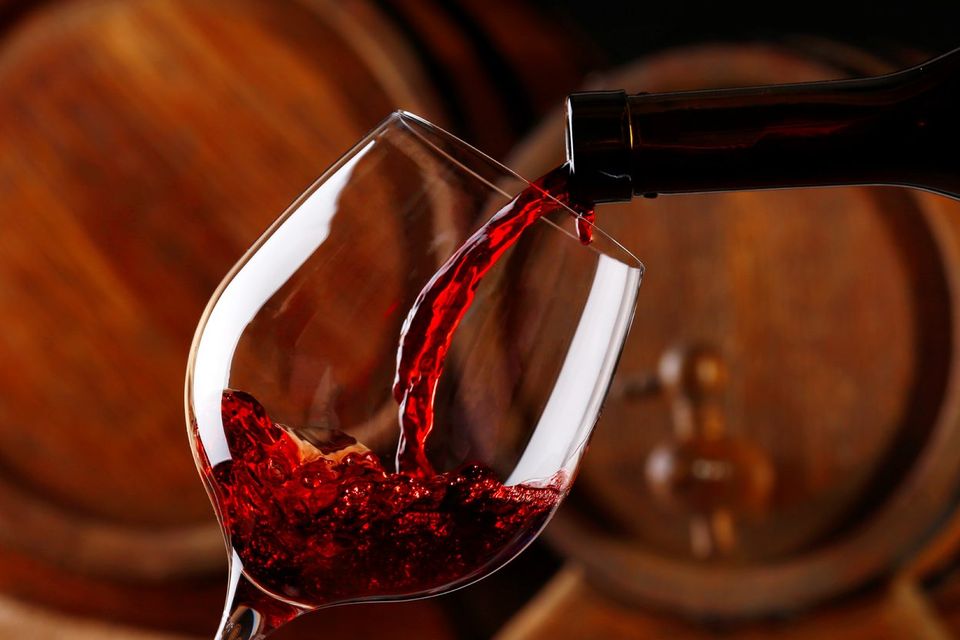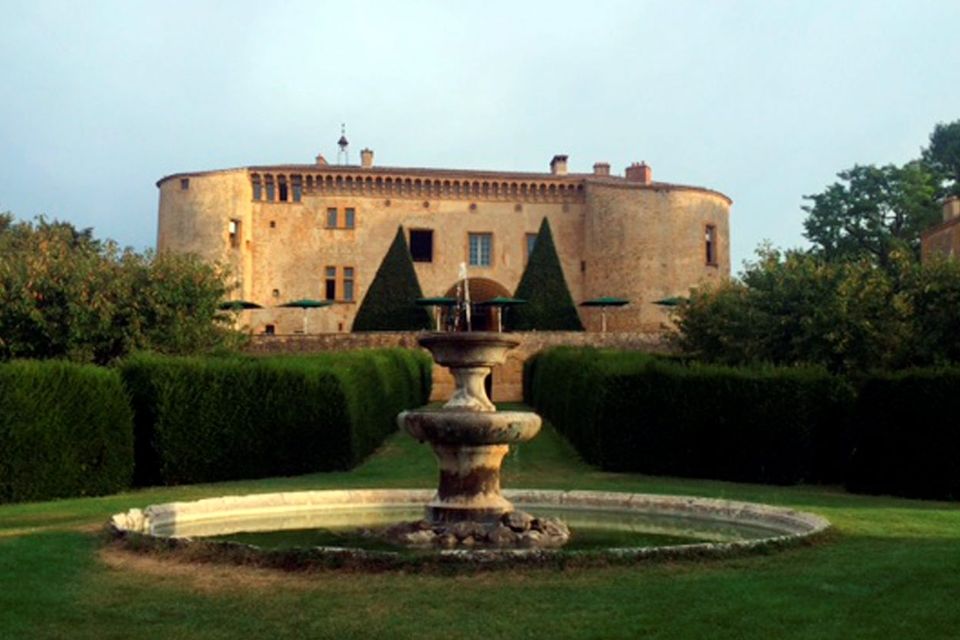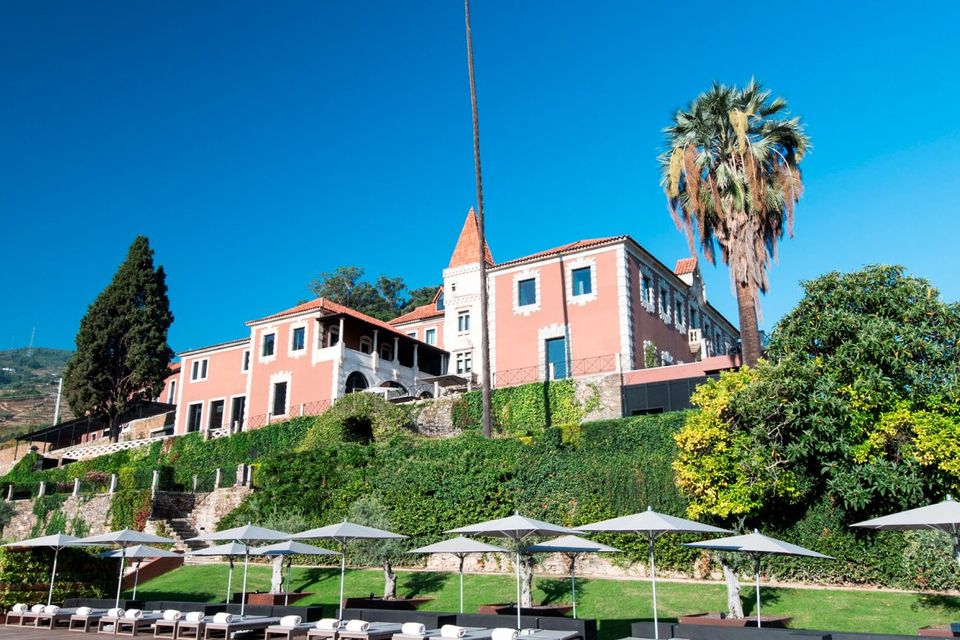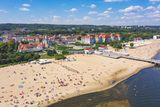Wine Weekends: Three tantalising trips for your grape escape
Travel Tips & Advice

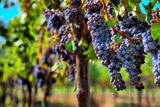
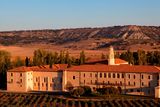
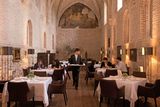
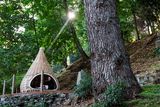
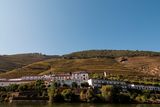

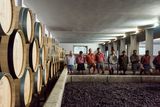

As European vineyards prepare for their busiest season, Pete Thompson and Sarah Marshall recommend their top wine breaks.
Six Senses Douro Valley, Portugal
A calloused, sweaty foot would not be my cooking utensil of choice, but according to numerous Portuguese winemakers, human tootsies are the perfect tool for pummelling grapes. Far gentler (and with more personality) than a cold, steel machine, treading softens the treasured ingredient without extracting any nasty tannins from seeds.
Getting into the spirit of harvest season, I climb into a legare (wine vat) at Quinta da Pacheca and stomp alongside proudly professional old men as they rotate lower limbs in perfect harmony, accompanied by a cheerful accordionist.
Sloshing through alcoholic gazpacho is one of the activities offered by Six Senses Douro Valley in late September, although year-round, there's good reason to visit one of the world's oldest wine regions.
Sarah sitting in a pod in the grounds of Six Senses Douro Valley, Portugal. PA Photo/Sarah Marshall.
Traditionally known for port production, the Unesco World Heritage area has earned a reputation for award-winning table wines in the last 25 years - made mostly by a new generation of ambitious and experimental winemakers who are breathing new life into old practices.
Many are invited to lead tasting sessions and dinners at Six Senses, where Tiago Alves de Sousa, who works with his father at Quinta da Gaivosa, introduces me to Abandonado, a wine he was responsible for producing from resurrected vines neglected by the family.
"Diversity is what makes this place so wonderful," he tells me, referring to the 90 grape varieties grown on a cascade of undulating hills which appear to billow like sails in the wind.
It's a quiet secret that's slowly seeping out, but growing popularity of the Douro has done little to disturb a traditional way of life in villages such as Lamego, where I decline the traditional option to climb 686 steps to reach the Nossa Senhora dos Remedios shrine on my knees.
Vineyards along the Douro River, Portugal. PA Photo/Sarah Marshall.
A similar peacefulness pervades the forested grounds of Six Senses, where I enjoy a massage in the hotel's spa overlooking the snaking Douro River, and hang in a wicker pod nestled between branches while listening to bird song.
A renewed burst of energy allows me to take part in one of the hotel's more energetic activities - climbing a tree. Wearing a helmet and support harness, I realise a childhood dream by scrambling to the top, although the journey down seems a far more daunting prospect. Gazing at my pulsing, perspiring feet - and the diminishing ground below - I'm relieved my toes won't be treading any grapes today. No one wants to ruin a good vintage, after all
Details: Doubles from €270 with breakfast. See sixsenses.com/resorts/douro-valley/destination for more info.
- Sarah Marshall
The traditions of Beaujolais and Lyon
Chateau de Bagnols. PA Photo/Pete Thompson.
At Chateau de la Chaize, built between 1674 and 1676, the Marquise de Roussy de Sales shares the fruits of her labour below ground in the longest cellar in Beaujolais. Her property may be steeped in history, but she's looking to the future by implementing methods of respectful agriculture in her huge vineyard of almost 100 hectares.
Right now though, like many winemakers across Europe, she's preparing for the busiest period of the year - the annual harvest.
Vineyards across the region are awash with a mixture of rush and excitement. But the pace is much slower at my base, the dreamy Chateau de Bagnols, a gem of a retreat in the heart of the Pierres Dorees region, just half an hour's drive from Lyon.
Tasting fine wines on a balcony of the historic fairytale castle, I admire jaw-dropping views of Mont Blanc in the distance - another taste of the high life.
While gaining access to vineyards isn't always straightforward (prior appointments are generally required), zipping down to the Beaujolais region is easy on the Eurostar from London.
I start my weekend break in destination hub Lyon - just a five-hour journey from King's Cross.
The southern French city has a lot to shout about, including ancient landmarks such as the Amphitheatre of the Three Gauls of Lugdunum, an enticing climate and the small matter of being regarded as the French capital of gastronomy.
Merlot Grapes in a vineyard. Photo: Deposit
My tour guide in Lyon recounts a meeting with a councillor back in the 1960s, in which the dignitary was asked about his thoughts on attracting more tourists to the small city in the Rhone-Alpes region.
"Why should I want people coming here to drink our best wine?" was his response. He had a point, and as I make the trip back to London clutching a few bottles of Beaujolais red, I am grateful that they are now more than happy to share the wealth.
Details: Doubles at Chateau de Bagnols from €249 euros with breakfast. Visit chateaudebagnols.com for more.
- Pete Thompson
Hotel Abadia Retuerta Le Domaine
Hotel Abadia Retuerta Le Domaine, Valladolid, Spain. PA Photo/Handout.
Wine and wellbeing aren't an obvious marriage, but as I sip and sniff my way through a flight of fine tipples, I'm easily convinced this could be the path to rude health. This innovative approach to choosing a treatment is part of the Spa Sommelier experience at award-winning winery and hotel Abadia Retuerta Le Domaine.
Based on my wine preference, an appropriate oil fragrance is selected and I'm treated to a morning of massage and steam room sessions in the Santuario Spa, housed in the former stables of a 12th century abbey.
The main building of the Romanesque and Baroque-style property has been meticulously restored as a hotel, with stone corridors surrounding a pretty courtyard and a one-Michelin starred restaurant, Refectorio, occupying a space once used as a dining room for monks.
Here, a selection of fine wines from Le Domaine's winery is served - all produced in this Tempranillo-rich area, known as Spain's Golden Mile.
It's possible to take bike rides through 500 acres of vineyards, eat picnics beneath shady trees or tour winemaking facilities a short walk down the road.
There's no airport in Valladolid, so travel involves an hour's train journey from Madrid and a 25-minute transfer, which can be arranged by the hotel.
But once settled into my garden bedroom looking out to the vines, with a butler happy to attend every whim, I raise a glass in the knowledge the monks would approve.
Details: Doubles from €430 with breakfast. Visit ledomaine.es
-Sarah Marshall
Read more:
Join the Irish Independent WhatsApp channel
Stay up to date with all the latest news
